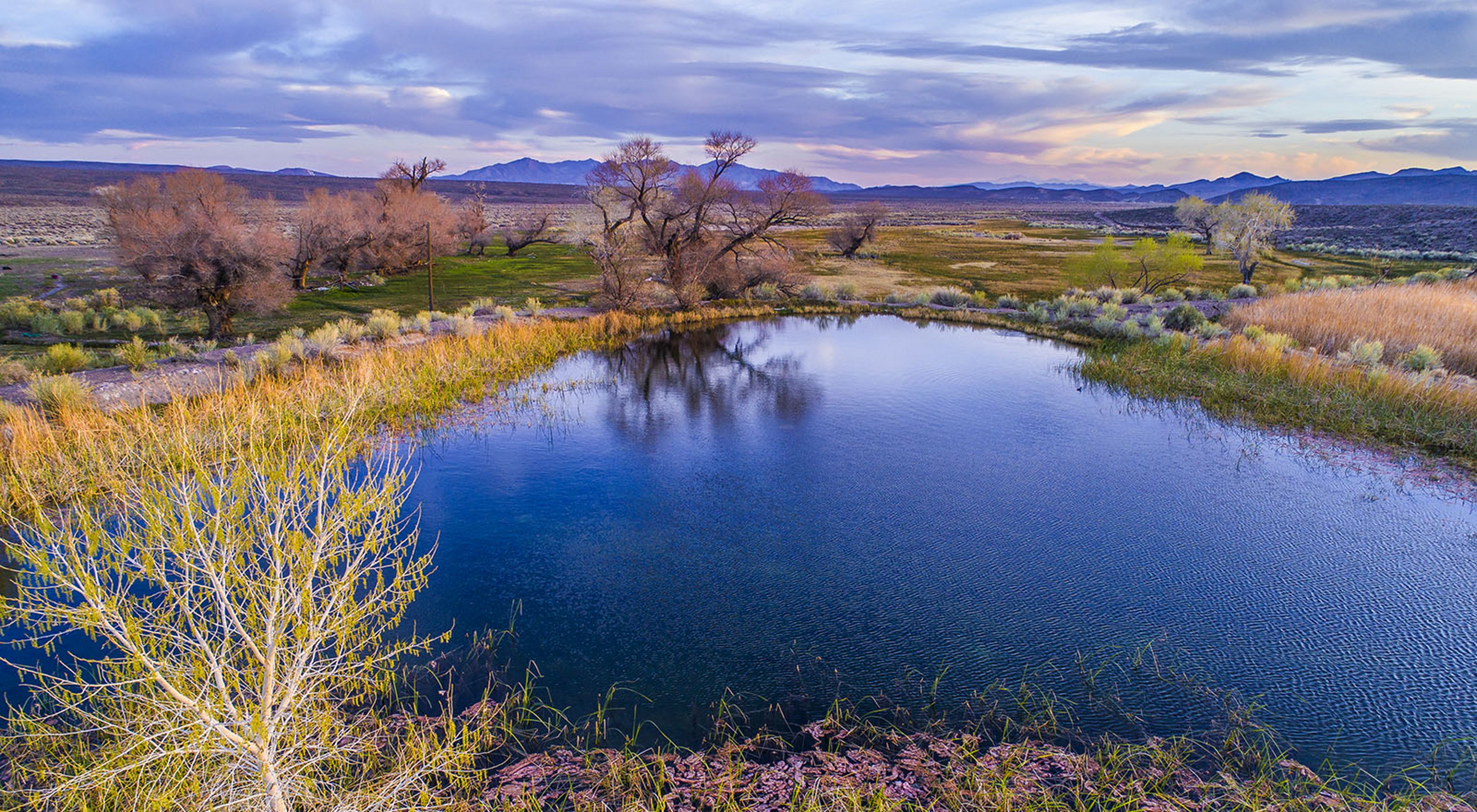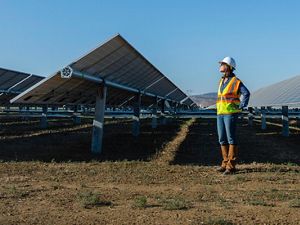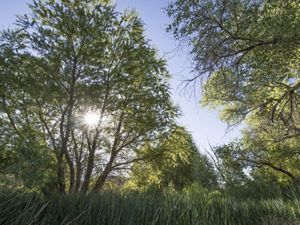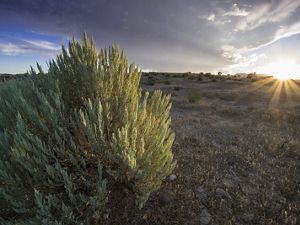Support Our Work
The Nature Conservancy is working to restore habitat and expand educational opportunities at the Atwood Preserve.
The Gary and Lajetta Atwood Preserve is at the headwaters of the Amargosa River, a unique landscape of exceptional importance to nature and people in Nevada.
In February 2019, after nearly two decades of effort, The Nature Conservancy in Nevada acquired the Gary and Lajetta Atwood Preserve (formerly the 7J Ranch Preserve) in Oasis Valley, Nevada. The property is located in rural Nye County, roughly a two-hour drive from downtown Las Vegas. The acquisition included a 900-acre base property with associated water rights and an approximately 280,000-acre grazing allotment. The springs and wetlands found on the property form the headwaters of the Amargosa River, a primarily underground river that emerges to the surface as springs along its path.
The Amargosa River system comprises three major regions of isolated wetland systems. The upper region is known as the Oasis Valley near the Town of Beatty, Nevada. Ash Meadows National Wildlife Refuge and associated springs near the Town of Amargosa Valley form the middle region of the Amargosa system. The lower region of the Amargosa River, near the towns of Shoshone and Tecopa, California, is free-flowing and recognized as a federally designated Wild & Scenic River.
When the Amargosa River emerges aboveground, it gives rise to oases harboring a remarkable diversity of life, including rare fish, plants, amphibians and more than 250 species of resident and migratory birds. In fact, the highest concentration of endemic species anywhere in the United States is found along the middle region of the Amargosa River system, at Ash Meadows National Wildlife Refuge.
TNC acquired the preserve to protect the property’s exceptional ecological value and the headwaters of the Amargosa River. We have now succeeded in these goals, but there are new challenges ahead. When we purchased the property in early 2019, it was clear that a century of varied land uses had affected ecosystem functions that would require active restoration to address. This restoration need is especially important as the pressures of a changing climate and the demands of a growing population in southern Nevada continue to mount along the Amargosa River system.
People and Nature at the Atwood Preserve
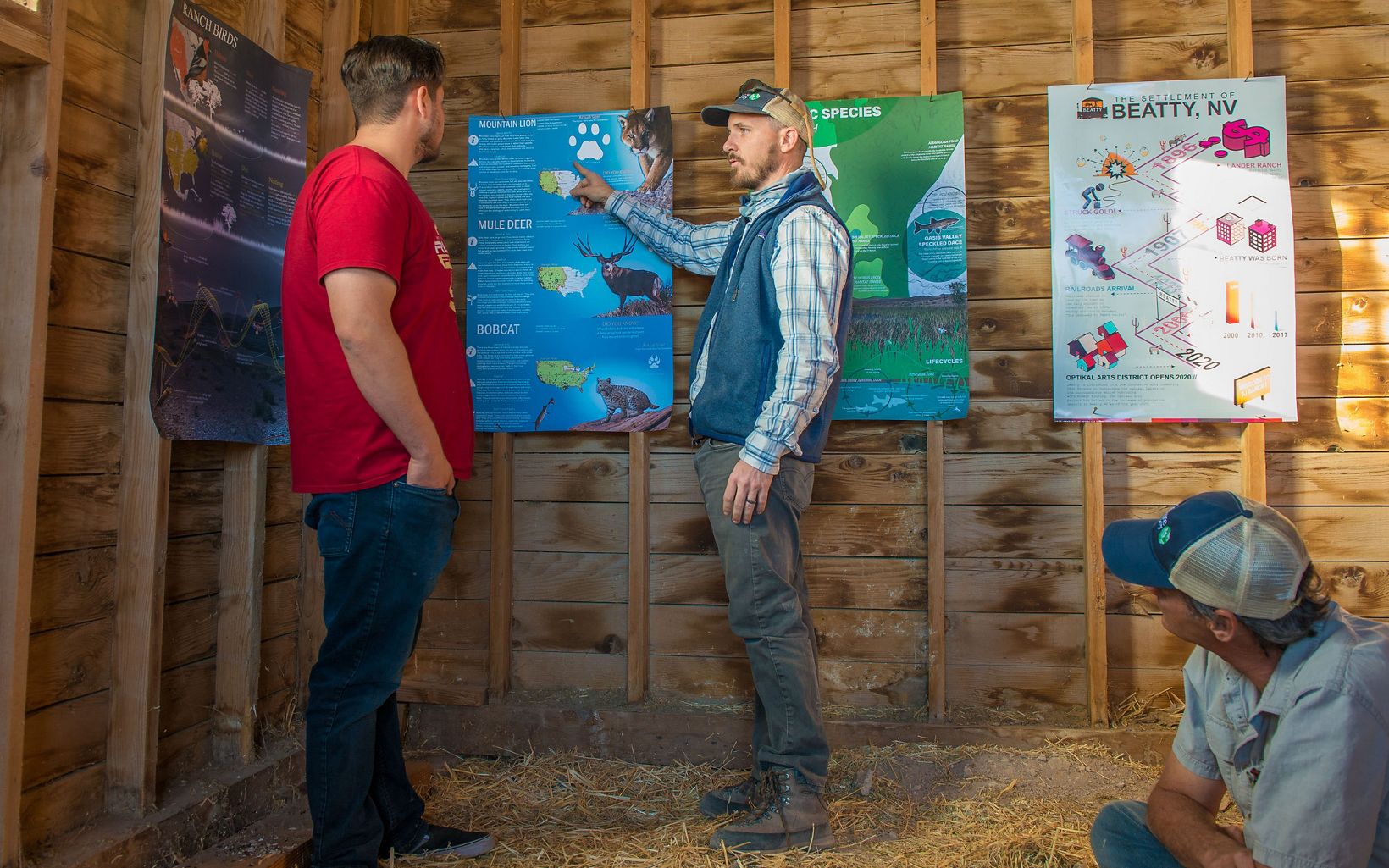
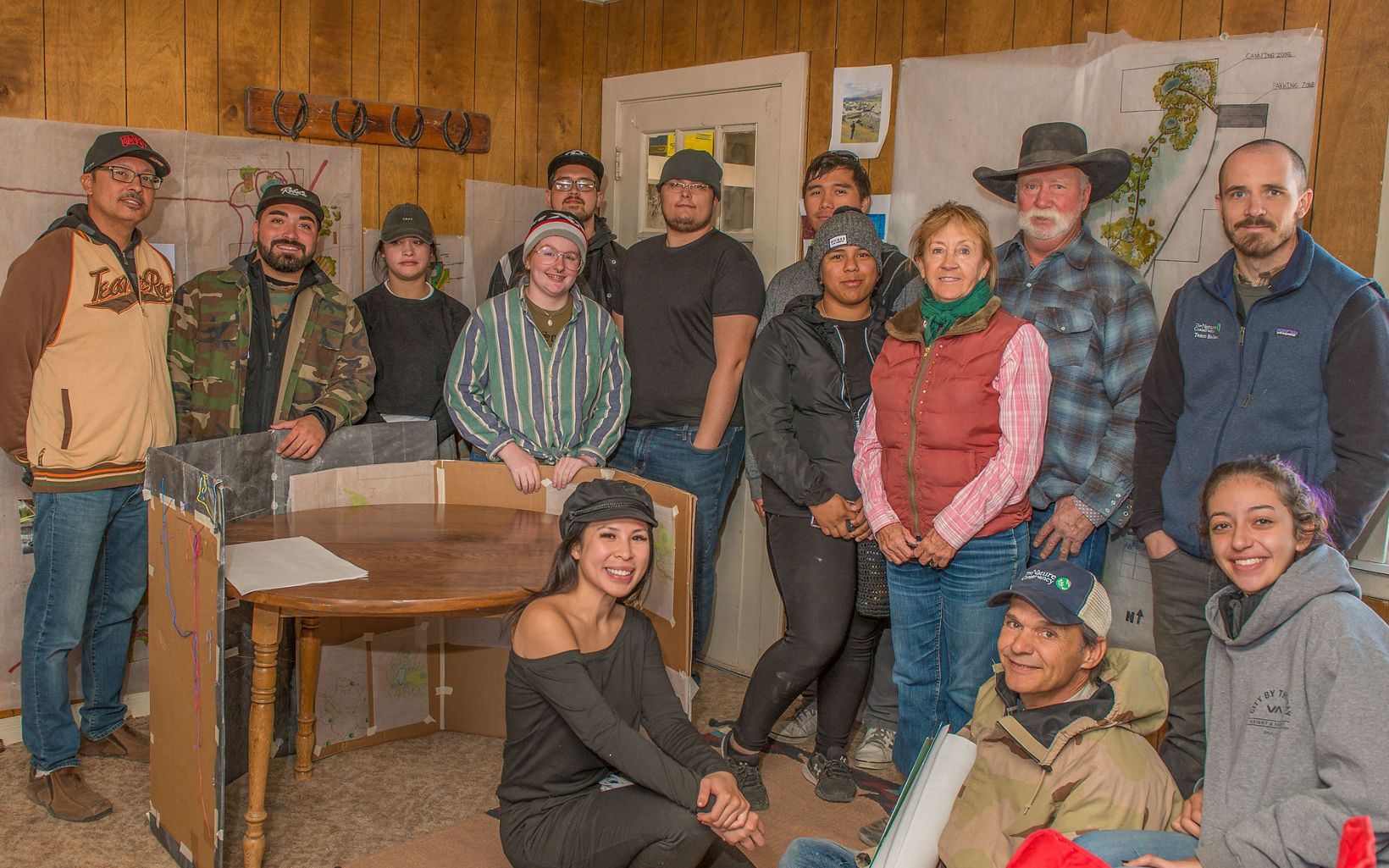
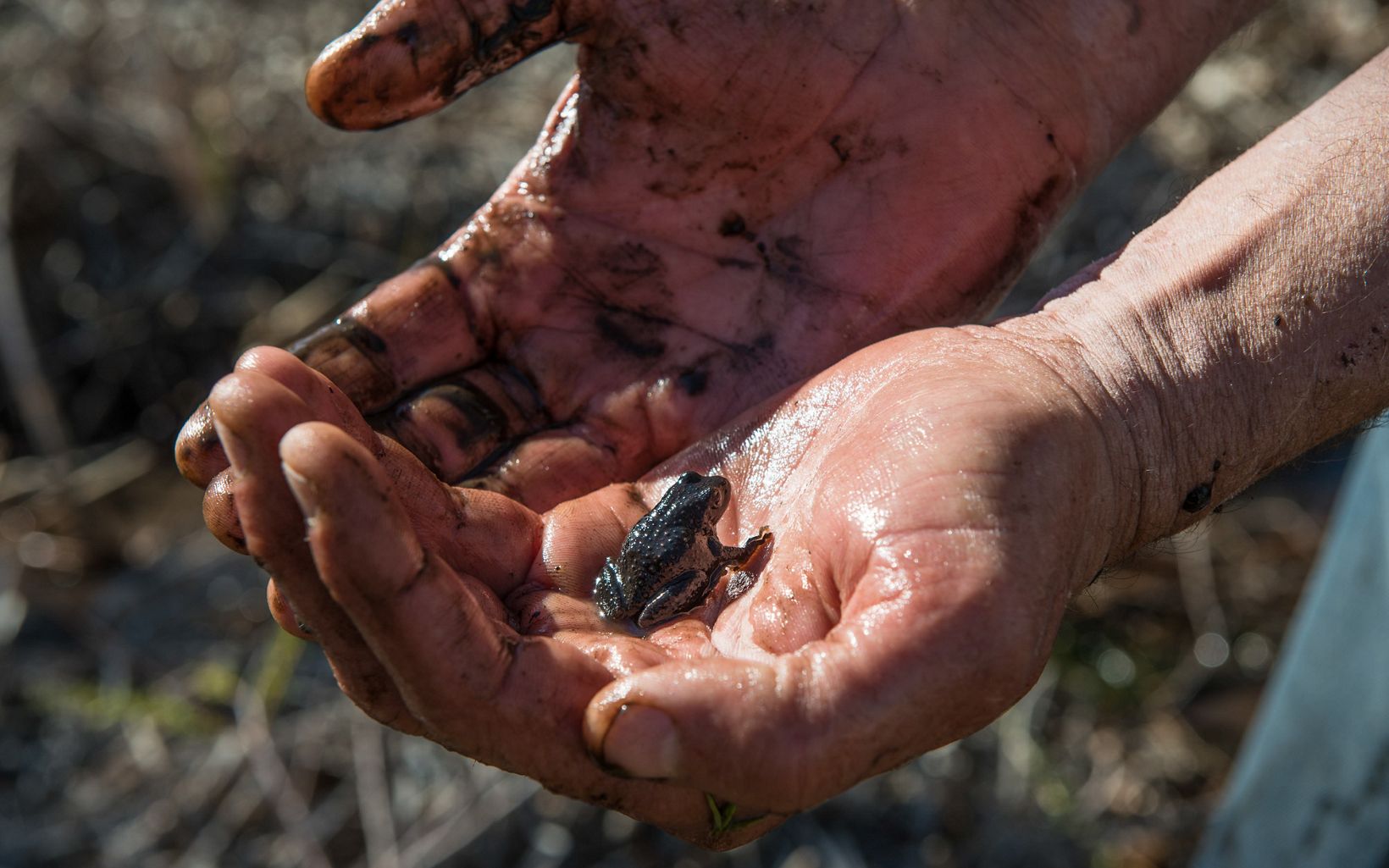
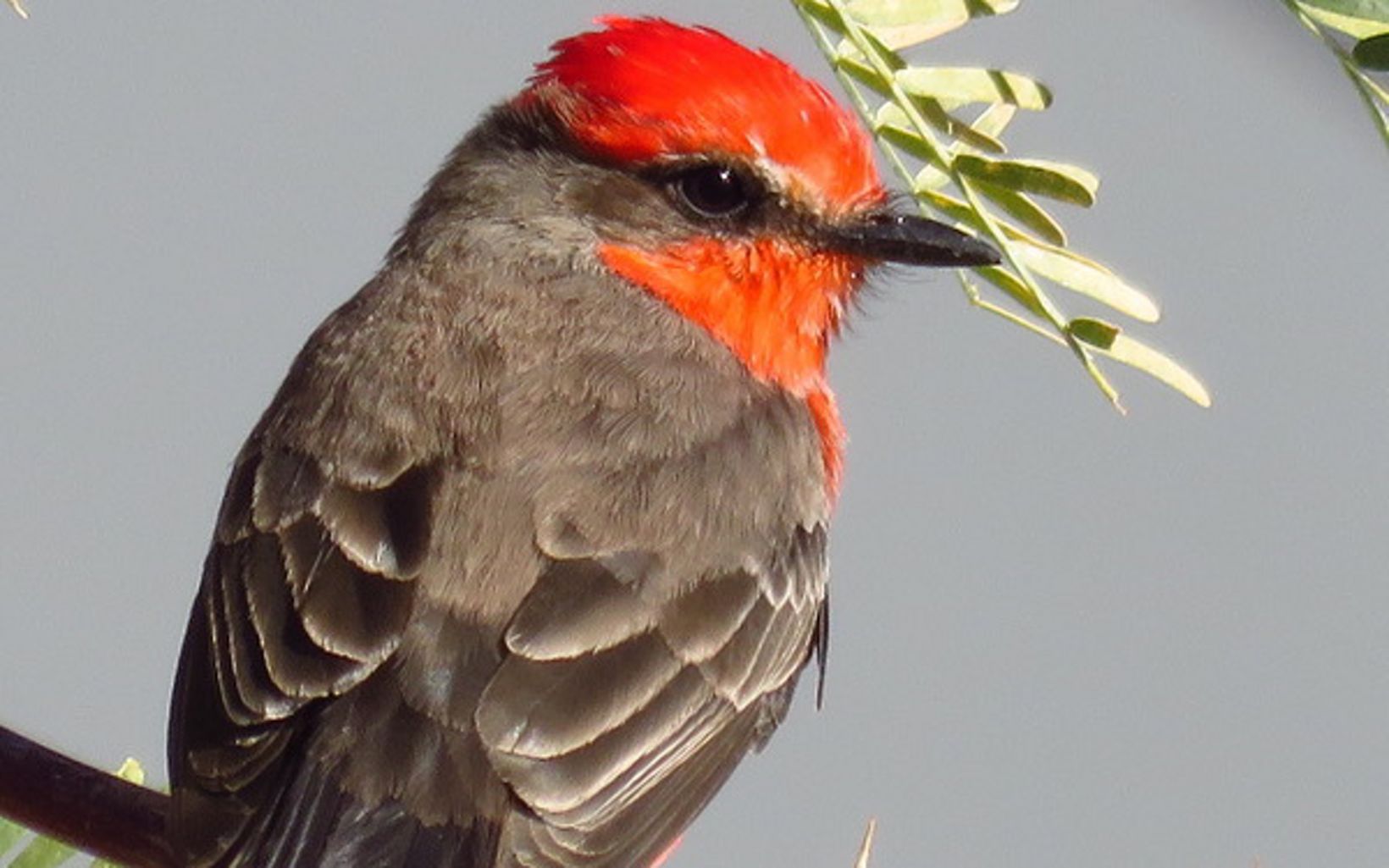
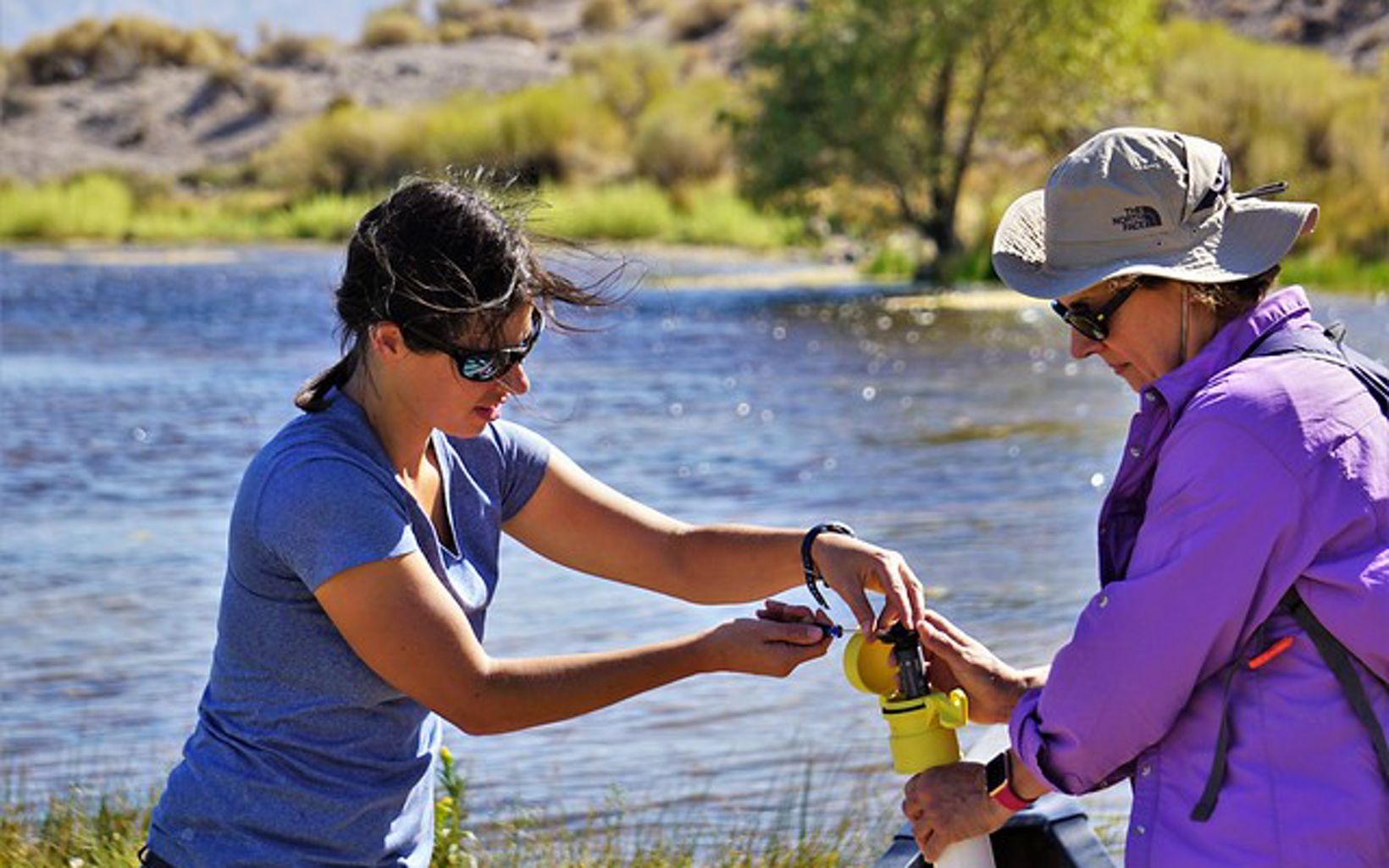

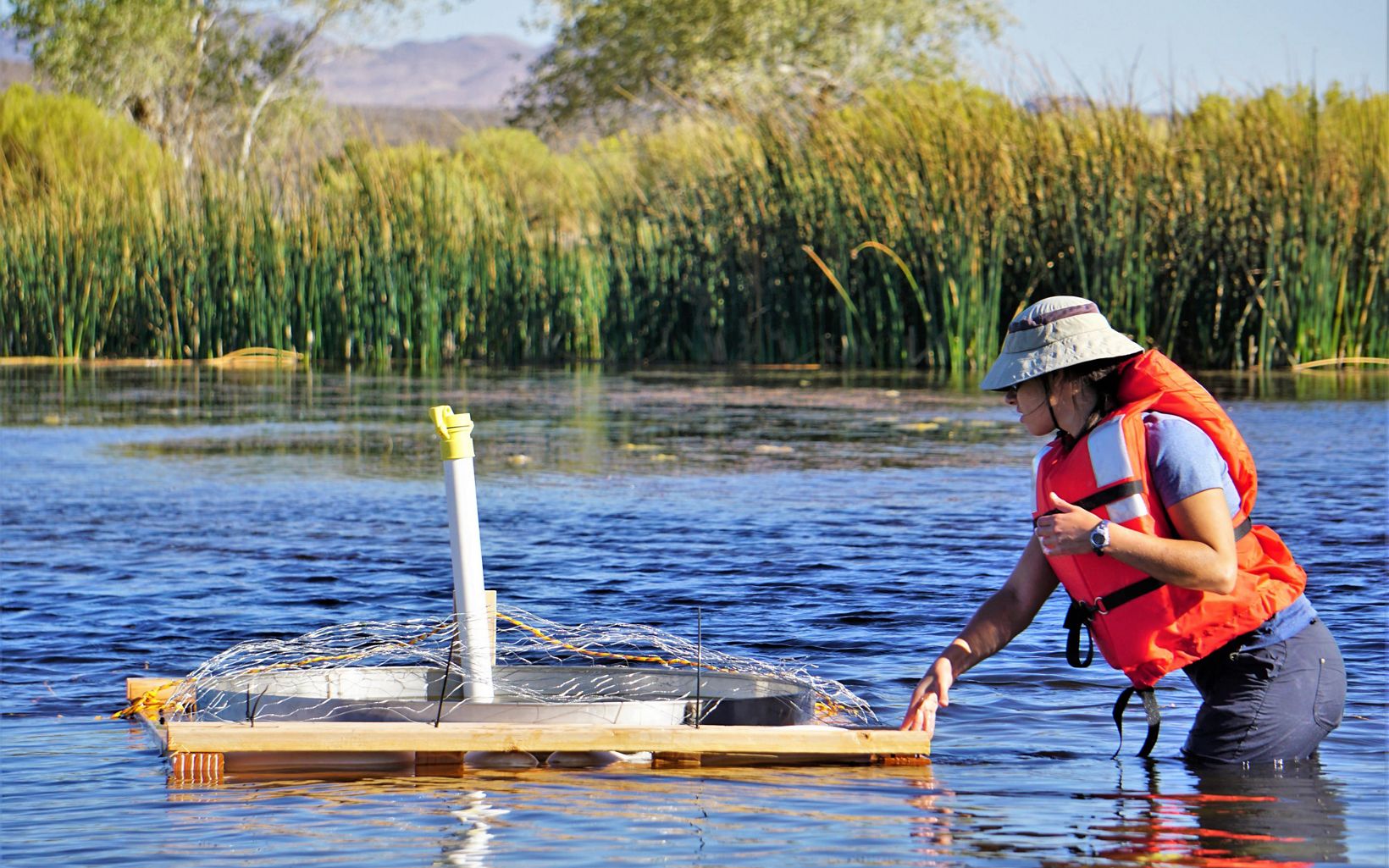
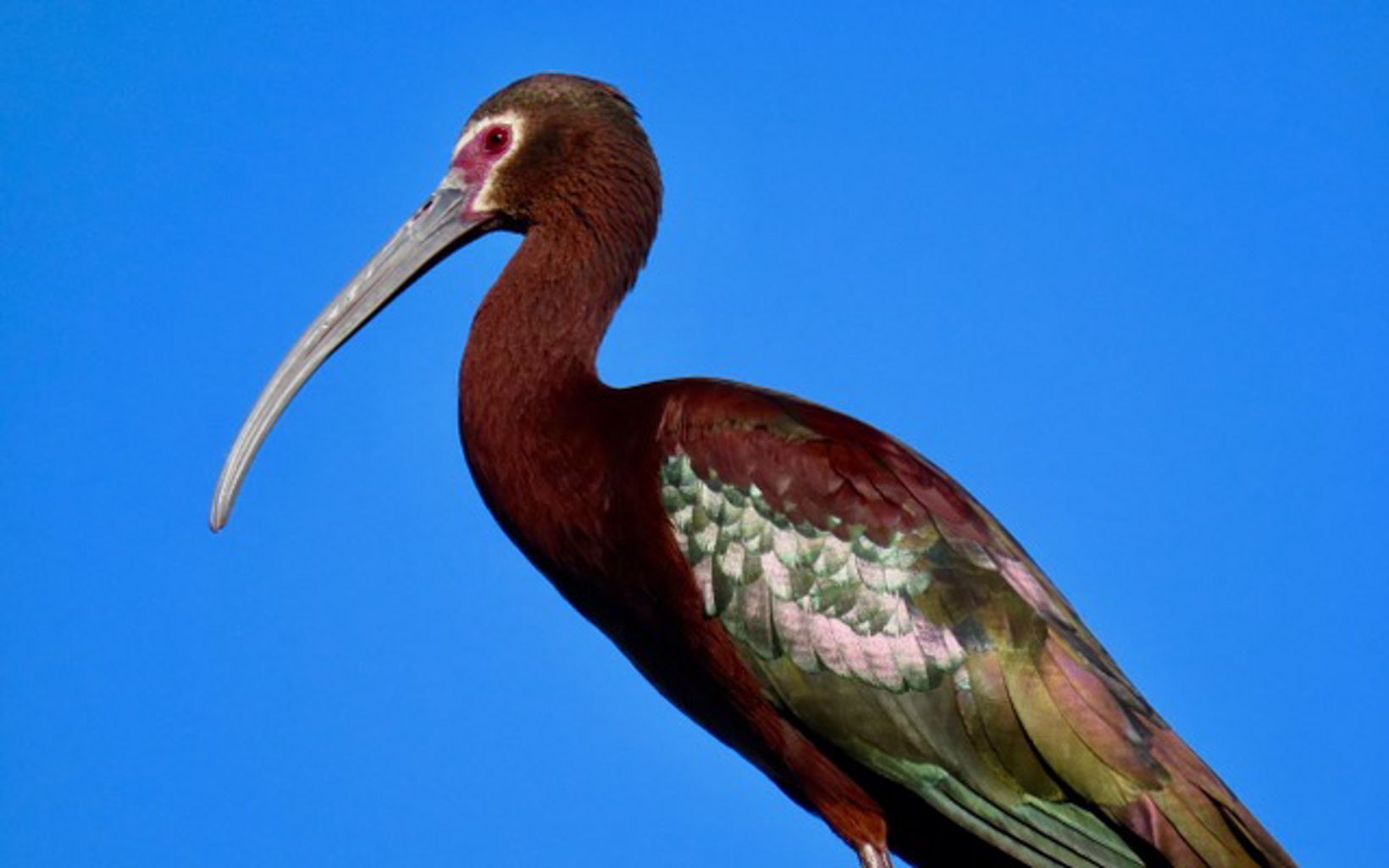
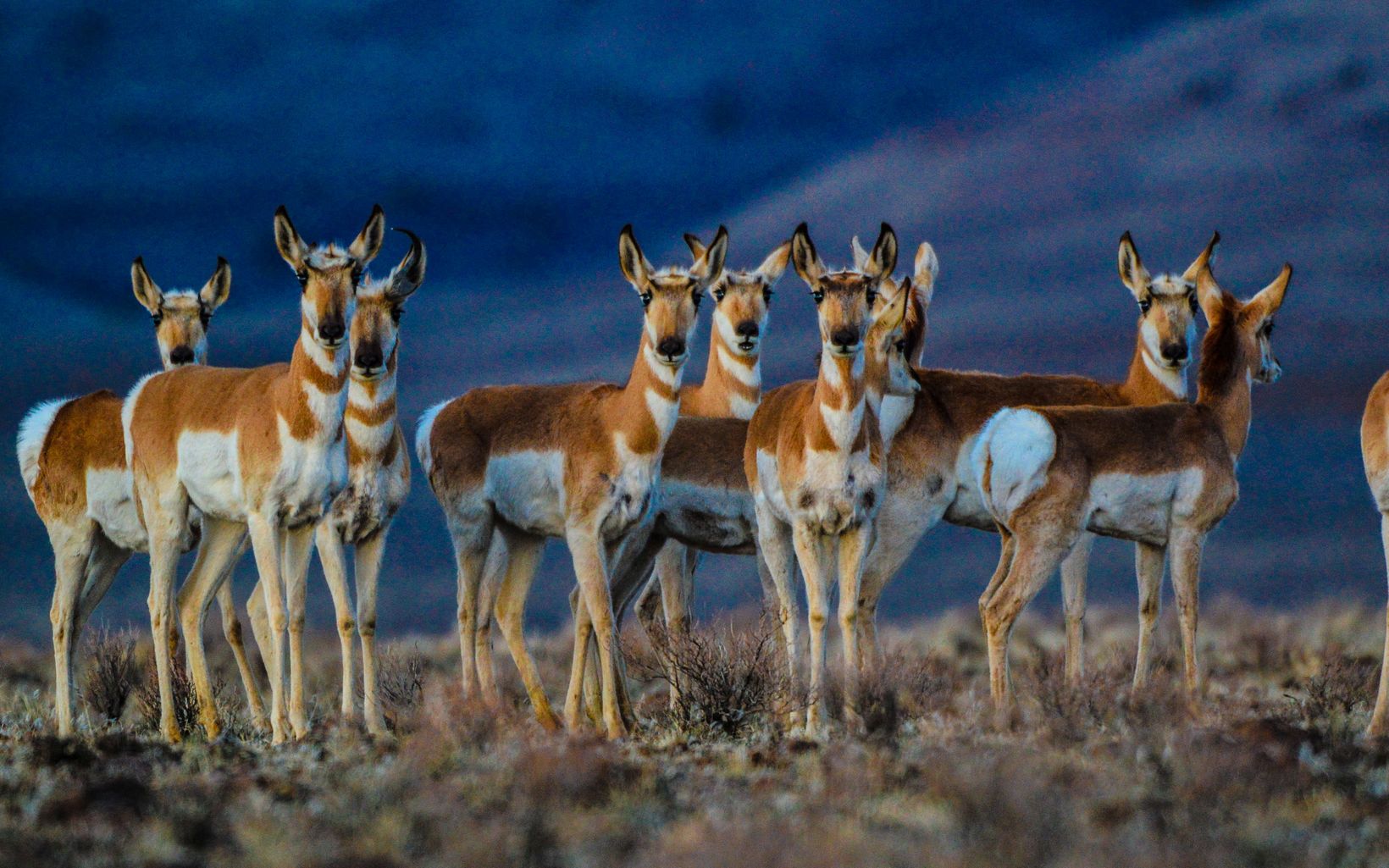
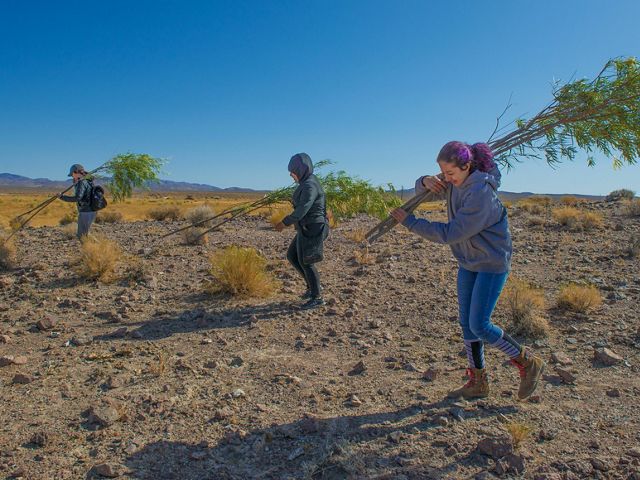
A place to bridge divides
The Atwood Preserve has existing facilities that can be converted to use as a work/research station, including a bunkhouse for hosting groups, buildings for lab space, a renovated ranch house and an indoor space for hosting group meetings and presentations.
The Atwood Preserve is one of a network of properties owned by TNC along the Amargosa River. This network of TNC-owned properties provides opportunities for additional field sites across broad environmental gradients. This network of properties also creates the potential for partners to implement ideas on the ground. The ranch is located at the northeastern gateway of Death Valley National Park, and our neighbor at the Spicer Ranch has facilities for hosting very large groups, as well as excellent recreational opportunities, including a growing mountain bike trail system.
How can you get involved?
There are many ways to get involved at the Atwood Preserve, whether you are a scientist, researcher, conservationist, writer, artist, a community leader...the possibilities are endless! If you would like to stay in the loop, or have any questions, please send us a message at nevada@tnc.org.
